Summary
- Turkey has developed a domestic fighter jet, the KAAN, to replace F-16s & compete with the F-35.
- The KAAN boasts on-paper advantages over the F-35, with two engines and more payload capacity.
- Turkish Aerospace Industries plans to produce 20 KAAN jets by 2028 and increase production in subsequent years.
Within the U.S. Armed Forces, (mostly) friendly interservice rivalries abound, as embodied by the traditional Army-Navy Game in college football. What’s not as well known in civilian circles is the prevalence of *intra*-service rivalries: for example, within the U.S. Air Force (USAF), you have fighter pilots vs. bomber pilots; from there, within the USAF fighter pilot community, you have the F-15 Eagle drivers vs. the F-16 “Viper” jocks.
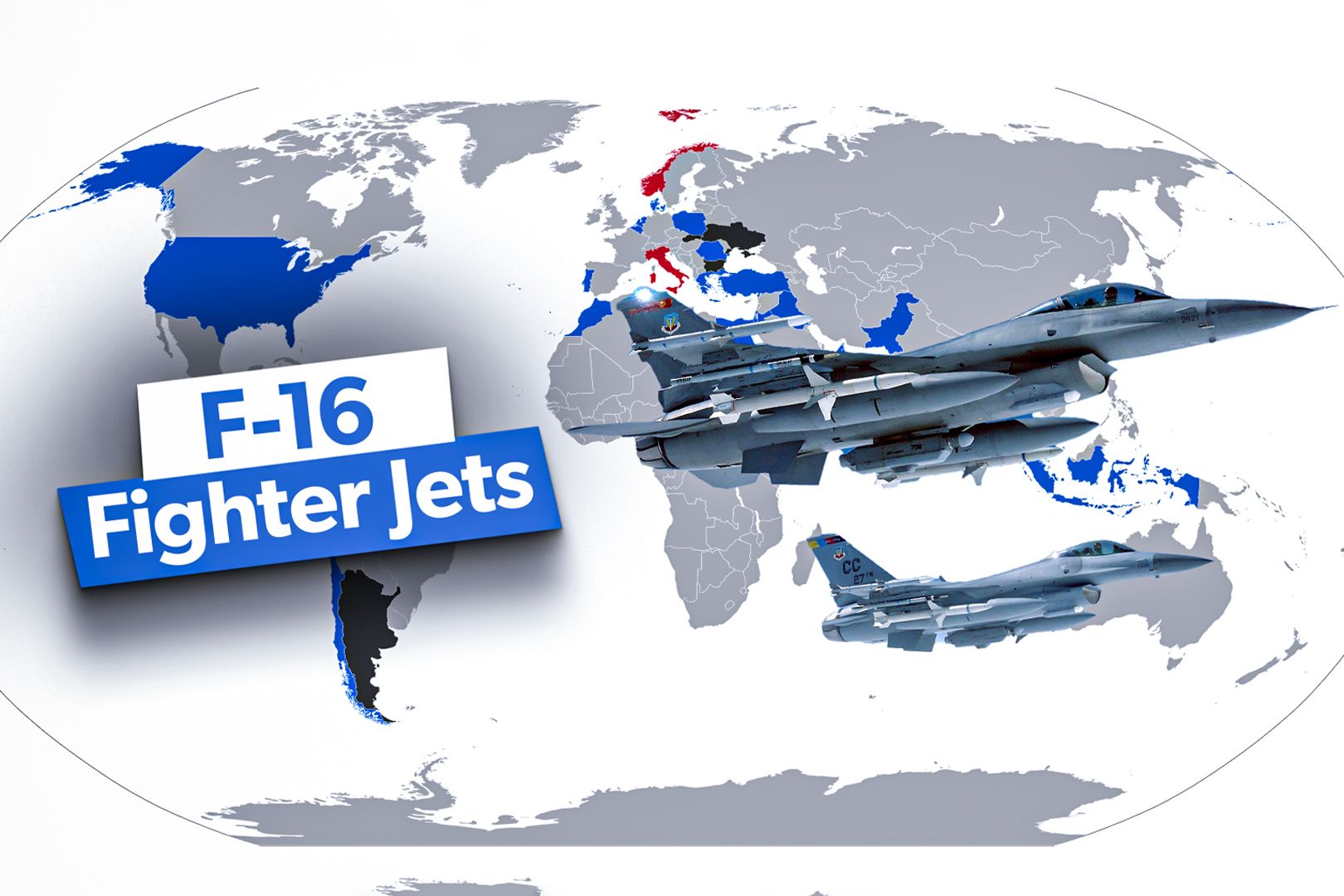
Related
These Are The World’s Top 5 Air Forces Equipped With F-16 Fighter Jets
The F-16 is one of the most ubiquitous fighter jets in the world, with over 25 operators.
But now we’re going to discuss a different sort of rivalry, this time a newly declared international, inter-alliance rivalry, between the fighter jock communities of the U.S. and one of its longtime NATO allies. Turkey (or “Türkiye,” if you prefer).
Turkey remains a NATO ally in spite of its President, Recep Tayyip Erdogan, having cozy relations with Russia. That Turkish-American alliance is exemplified by the fact that Turkey is second only to the U.S. in having the largest F-16 fleet in the world (as noted in the article linked above).
However, as far as a 5th Generation fighter jet replacement for the F-16, Turkey is now turning to a homegrown warbird (no avian pun intended) instead of the American-made Lockheed Martin F-35 Lighting !!: say “Merhaba” (“Hello“) to the Turkish Aerospace Industries (TAI) KAAN (“Leader” or “Ruler”) fighter AKA the TF (“Turkish Fighter”), TF-X, and MMU (Milli Muharip Uçak/”National Combat Aircraft”),
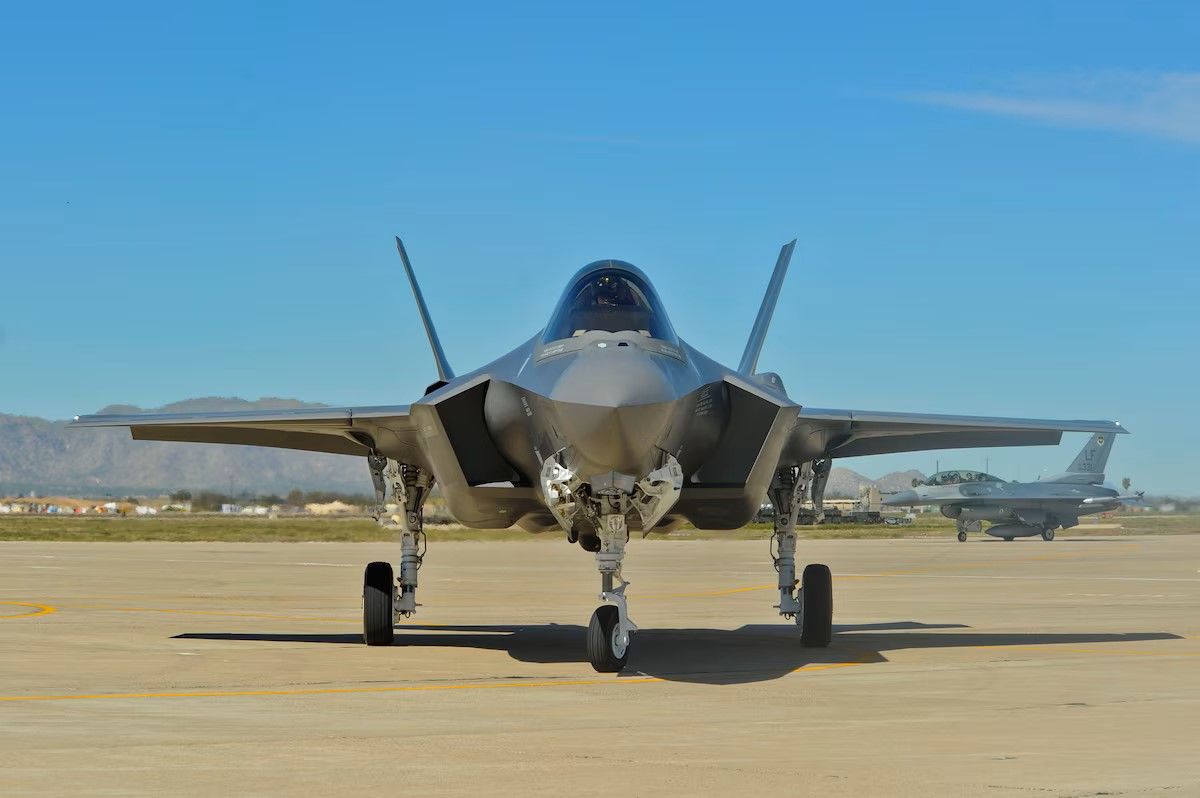
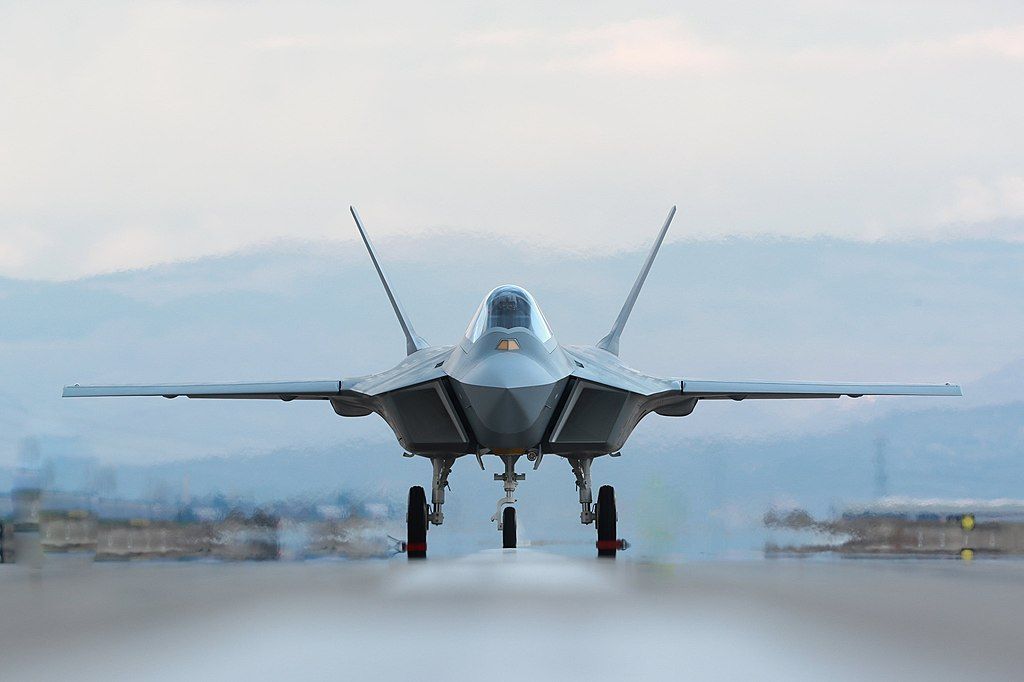
The why and the wherefore of the KAAN
The Turkish government indeed wanted to purchase the F-35, just like so many U.S. allies both inside and outside of NATO have already done.
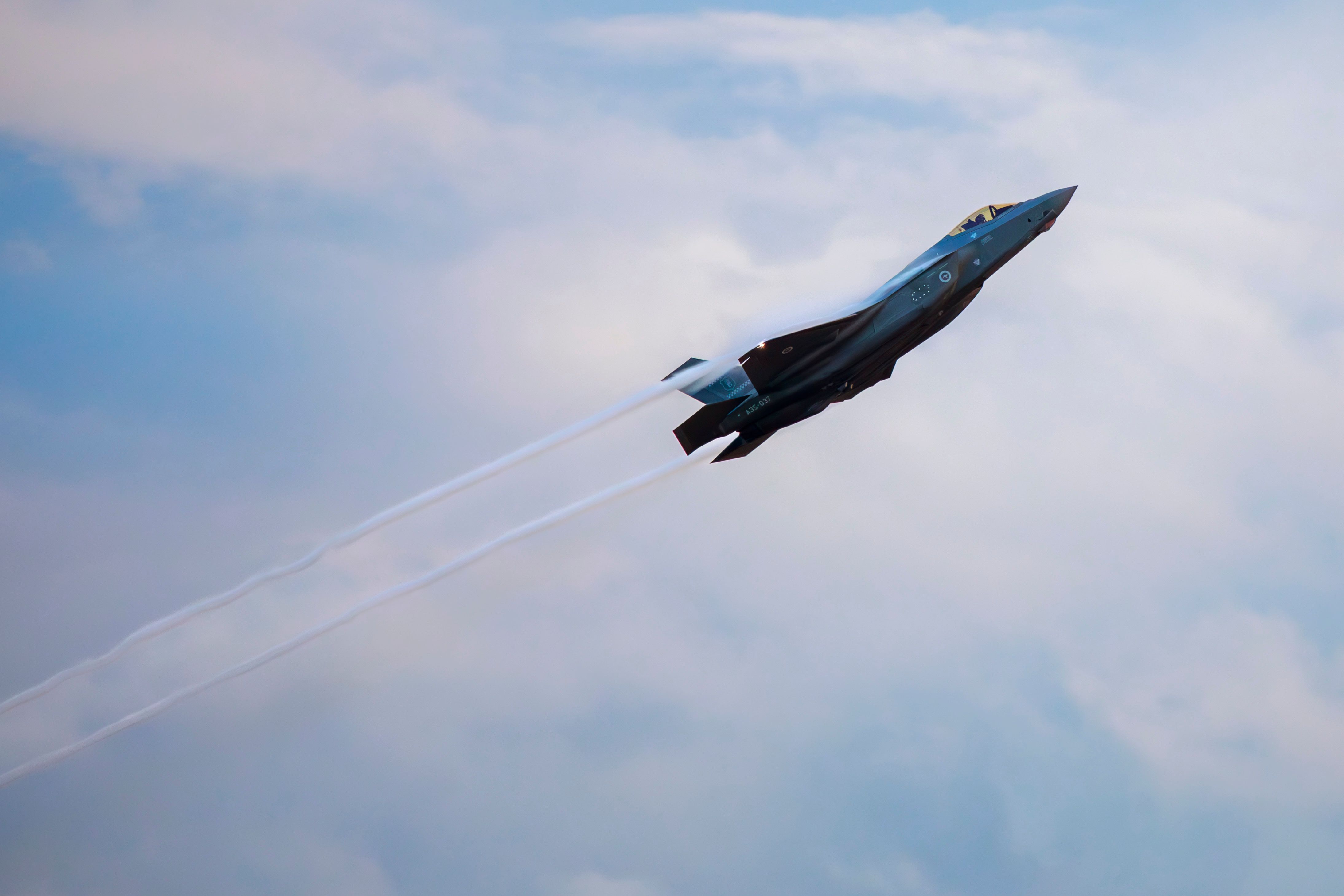
Related
We Asked The Australian Air Force How The F-35 Lightning II Is Performing
U.S.-owned F-35s are notorious for their reliability issues. Yet the Royal Australian Air Force (RAAF) F-35s are performing just fine, thanks.
However, remember what I just said about Erdogan’s cozy relationship with Russia? Um, yeah, about that: on the one hand, Turkey’s autocratic ruler has been selling Bayraktar drones to Ukraine; yet on the other hand, Erdogan is playing both sides of the fence, having purchased the Russian S-400 air defense system! Ergo, as Agnes Helou of Breaking Defense reported a month ago:
“Turkey was part of the Lockheed Martin-led F-35 aircraft program and Turkish firms produced parts of the aircraft, but in 2019 the US suspended Turkey’s participation over Ankara’s purchase of the Russian S-400 air defense systems, much to the anger of the Erdogan government.”
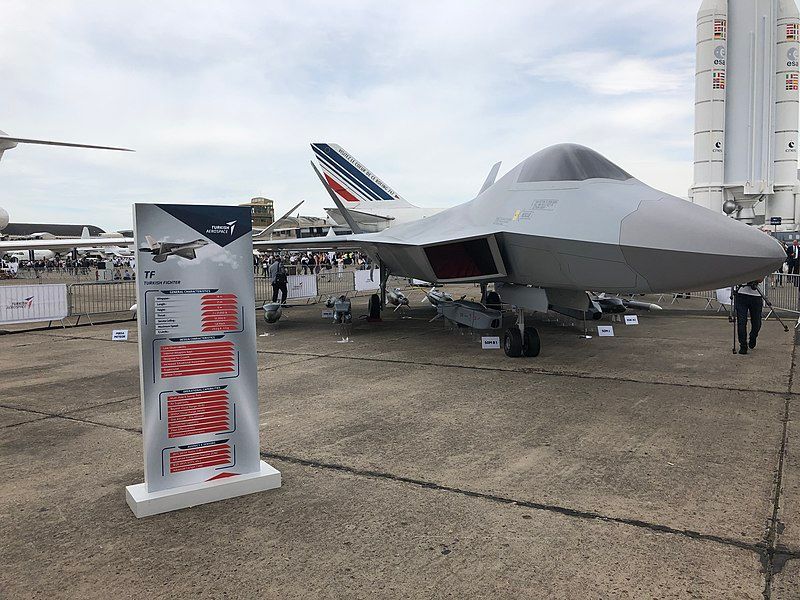
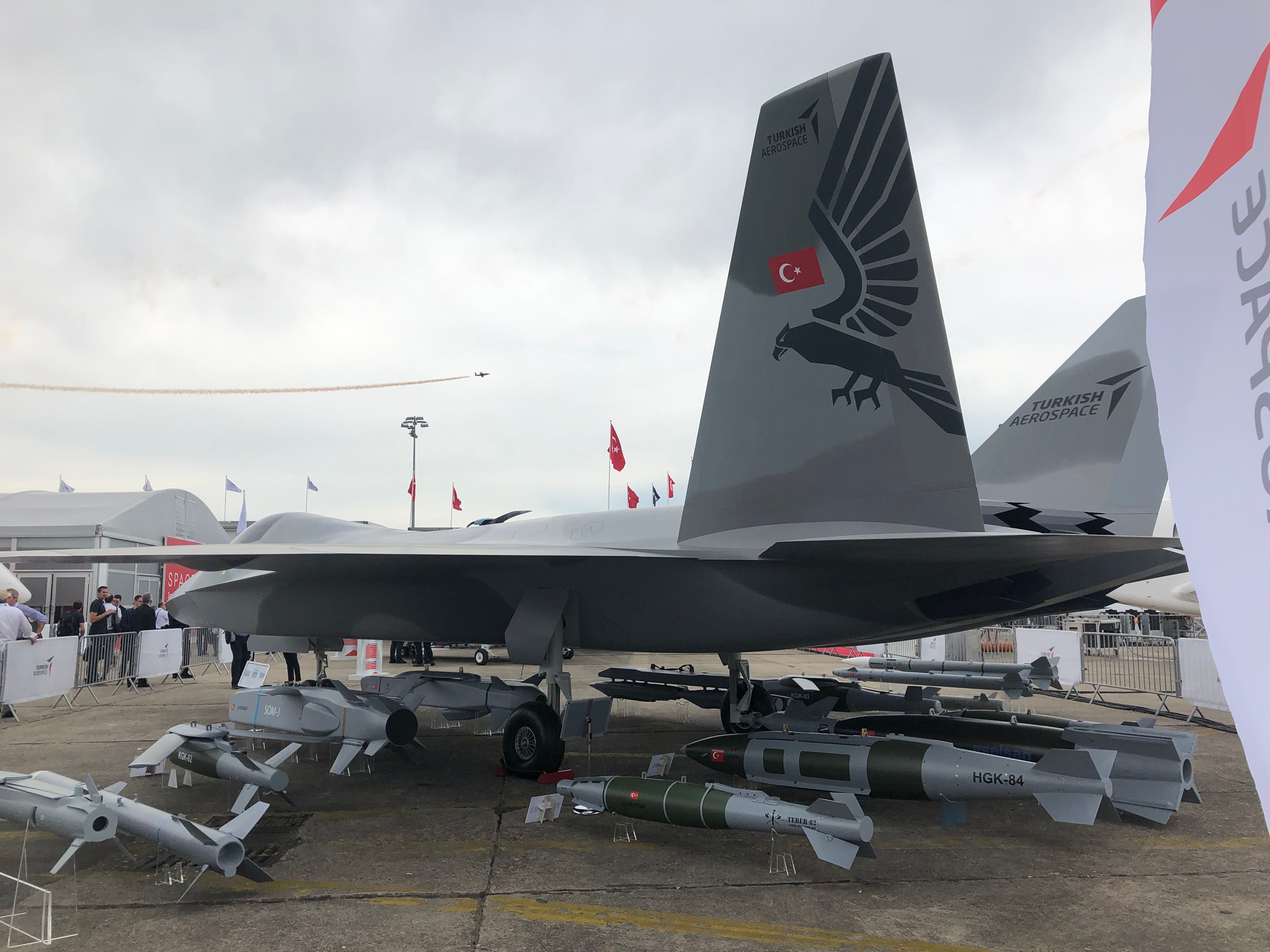
“The expulsion from the F-35 effort has led to a major emphasis on developing and producing the KAAN design, which successfully completed its maiden flight in February 2024.”
The first flight of the KAAN was a fairly modest performance, lasting just 13 minutes, with the aircraft reportedly reaching an altitude of 8,000 ft (2,438.4 m) and a speed of 230 kts (254 mph; 425.9 km/h).
The KAAN completed a second flight last month, whereupon the TAI test pilot took a KAAN prototype up to 10,000 feet (3,048 m) for more than 14 minutes. The successful completion of this second mission prompted a rather bold claim by TAI General Manager Temel Kotil (as quoted by Joe Saballa of The Defense Post):
“This aircraft is better than the F-35,” Kotil told Turkiye Newspaper. “The F-35 carries six tons, [the KAAN] carries 10 tons of ammunition… Having two engines means more energy and radars illuminating a greater distance.”
“Better than the F-35?!?!” Whoa, there, shots fired (strictly metaphorically speaking in this case, of course)! Or, in the immortal words of Bugs Bunny:
Oh, the irony: A Turkish Air Force F-16 jet acted as a safety chase during that second test flight.
F-35 vs. KAAN head-to-head
Okay then, Mr. Kotil’s audacious claim begs a serious question: how do the KAAN and the F-35 really stack up against each other? Do the facts and figures of the KAAN actually back up Kotil’s claims?
The challenge in attempting a proper head-to-head comparison of the two competing warbirds is that fact, as noted by Stefano D’Urso of The Aviationist, “Not much is known about Kaan’s specifications.” What we can do here and now is examine the specifications that Signore D’Urso *was* able to gather and place them alongside the F-35 specifications that came courtesy of the ever-so-handy official USAF Fact Sheets:
|
KAAN |
F-35 |
|
|
Max Airspeed |
Mach 1.8 (1,381 mph; 2,222 km/h) |
Mach 1.6 (~1,200 mph; 1.975 km/h) |
|
Service Ceiling |
55,000 ft (16,764 m) |
Above 50,000 feet (15 kilometers) |
|
Powerplant |
2 x F110-GE129 engines with 58,000 lb (26,308 kg) of thrust |
1 x Pratt & Whitney F135-PW-100 turbofan engine with 43,000 lb (19,504 kg) of thrust |
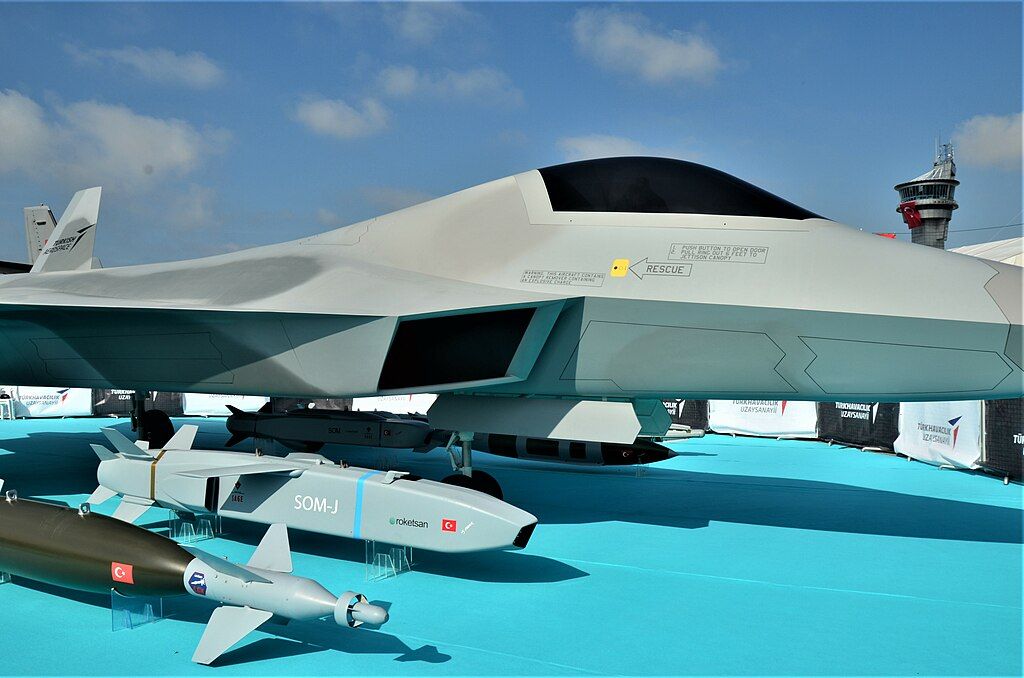
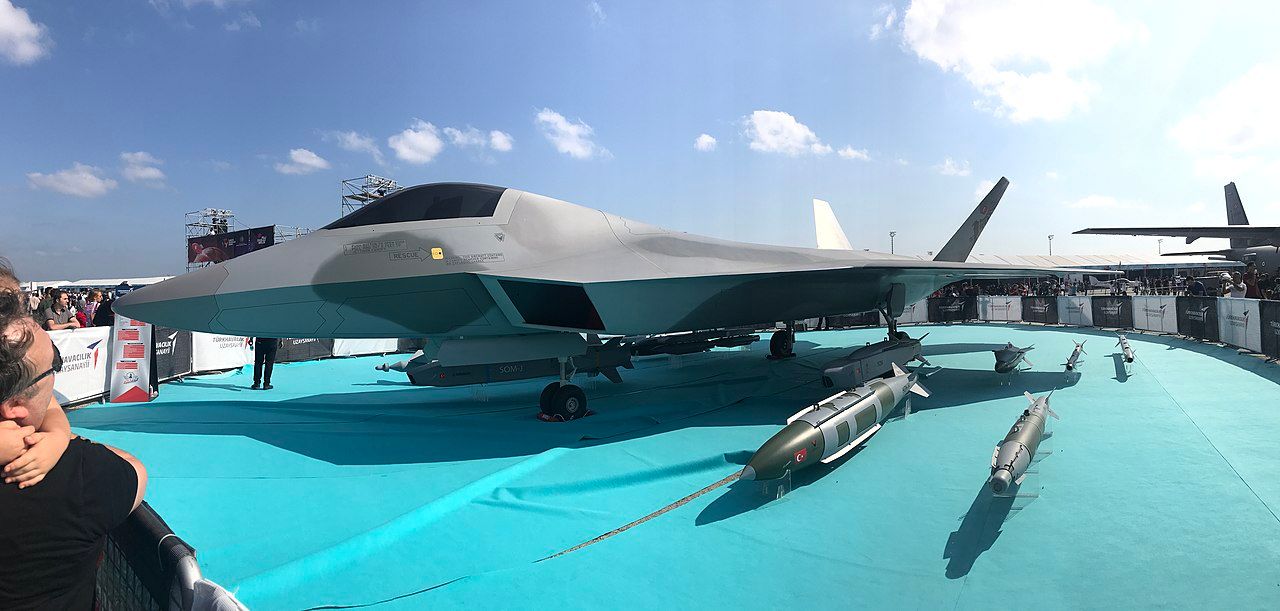
So then, based upon those admittedly limited stats, the KAAN does indeed appear to have some on-paper advantages over Lightning II. How those on-paper advantages translate to the real world if and when (inshallah) the KAAN makes it past the prototype phase to the production phase remains to be seen.
The way forward for the KAAN
Regarding that prospective production phase, Mr. Kotil is full of bluster and confidence there too. He and his employer aim to deliver 20 of the new aircraft by 2028 — along with ambitions to manufacture domestically-made engines by that same year — and “many more” between 2030 and 2033.
Time will tell whether TAI actually fulfills Kotil’s rosy forecast or if he ends up over-promising and under-delivering.

